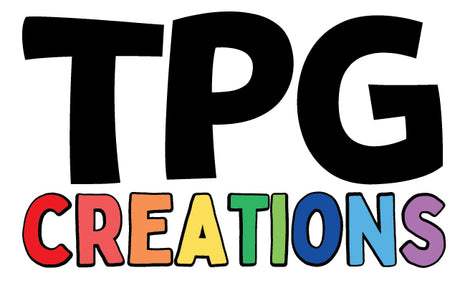
The Role of Color Theory and Kwik Stix in Early Childhood Classrooms
This combination of art and science—made easier by products like the Kwik Stix Rainbow pack—helps children not only to meet early learning standards but also to thrive in their creative and academic endeavors.

In early learning and elementary classrooms, combining art and science activities not only encourages creativity but also supports key developmental milestones. Tools like Kwik Stix play an important role in meeting Early Learning standards, as outlined by organizations like the National Association for the Education of Young Children (NAEYC) and the Common Core Standards.
When children use Kwik Stix in the classroom, they actively engage in these learning objectives. They not only practice fine motor skills but also experiment with concepts of symmetry, contrast, and balance, all of which are foundational to high-quality art education. Additionally, the science of color mixing—learning how primary colors create secondary colors—directly aligns with early scientific exploration, encouraging curiosity and inquiry.
NAEYC Standards
The National Association for the Education of Young Children (NAEYC), is a nearly 100 year-old non-partisan membership organization whose mission is to promote high quality early learning for all children, birth through age 8. NAEYC and TPG Creations supports efforts to create opportunities for children to engage in play-based, hands-on learning, including experimenting with colors, shapes, and artistic techniques. Kwik Stix, with their easy-to-use design, allow children to focus on exploration and creativity rather than on messy preparation or cleanup. The vibrant colors of the Kwik Stix Rainbow pack offer an engaging way for children to explore artistic expression (NAEYC Standard 2.C), while learning about patterns, sequencing, and color recognition—critical aspects of both artistic and scientific understanding.
Common Core Standards
The Common Core Learning Standards also support the integration of art with other subjects, like science and mathematics. For example, early math standards often involve identifying and creating patterns, while kindergarten science standards emphasize observation and comparison—skills that can be developed through activities like mixing colors and observing how they change. These standards foster critical thinking, problem-solving, and creativity, which are at the heart of a strong kindergarten curriculum.

Primary Colors
The three primary colors are red, blue, and yellow. These are the building blocks of all other colors. You can’t mix other colors to get them, but you can combine them in different ways to create a wide range of new hues.
Secondary Colors
When you mix two primary colors, you get secondary colors:
- Red + Blue = Purple
- Blue + Yellow = Green
- Red + Yellow = Orange
These secondary colors help to expand the color palette and allow for more diverse and exciting compositions in your artwork.
Tertiary Colors
Tertiary colors are made by mixing a primary color with a secondary color. Examples include red-orange, blue-green, and yellow-green. These colors are useful for adding complexity and depth to your work.
Complementary Colors
Complementary colors are located opposite each other on the color wheel. When placed next to each other, they create a strong visual contrast, making each color stand out more. Examples include:
- Red and Green
- Blue and Orange
- Yellow and Purple
Using complementary colors effectively can make your artwork more dynamic and eye-catching.

Analogous Colors
Analogous colors are groups of three colors that are next to each other on the color wheel. These colors usually match well and create a harmonious, soothing effect. For example:
- Blue, Blue-Green, Green
- Red, Red-Orange, Orange
Warm vs. Cool Colors
Warm colors, like red, orange, and yellow, evoke feelings of warmth, energy, and excitement. Cool colors, such as blue, green, and purple, often create a sense of calm, peace, and relaxation. Understanding this distinction helps you set the mood for your artwork.

Practice and Experimentation
The best way to understand color theory is to practice. Try mixing different colors, experiment with complementary and analogous schemes, and see how different hues affect the overall mood of your work. By doing this, you’ll develop your own unique sense of style.
With these basics in mind, young artists can start applying color theory to enhance their creative expressions. Keep experimenting, learning, and most importantly, have fun with your art!



